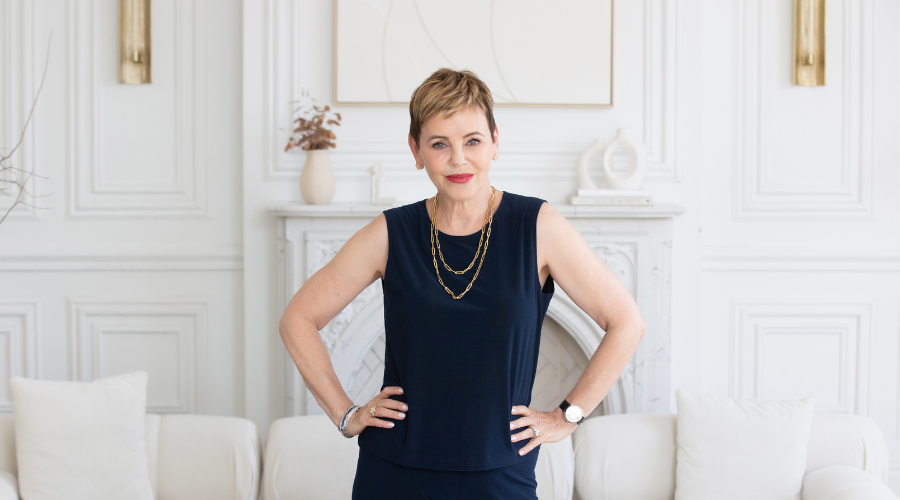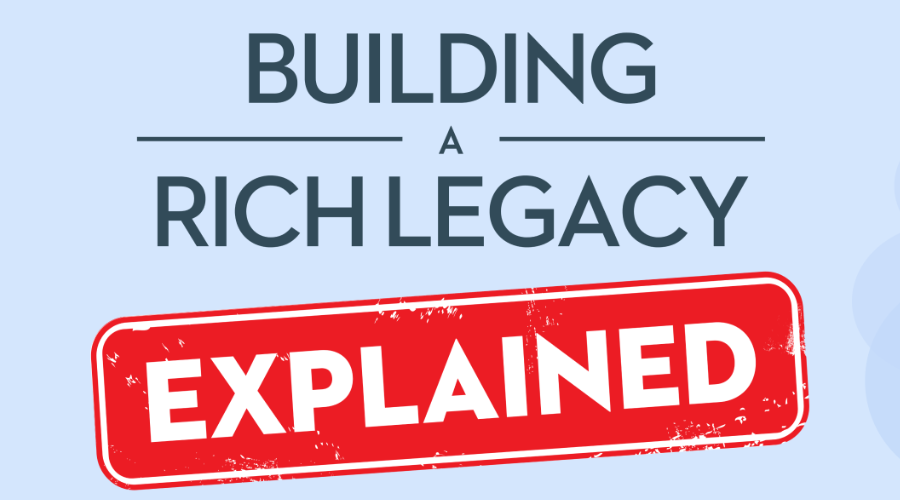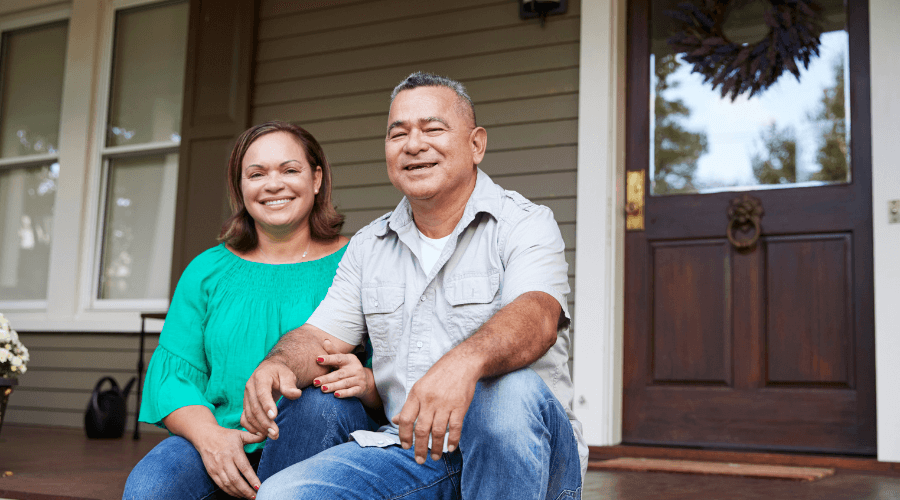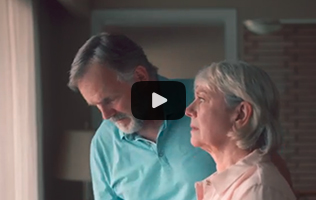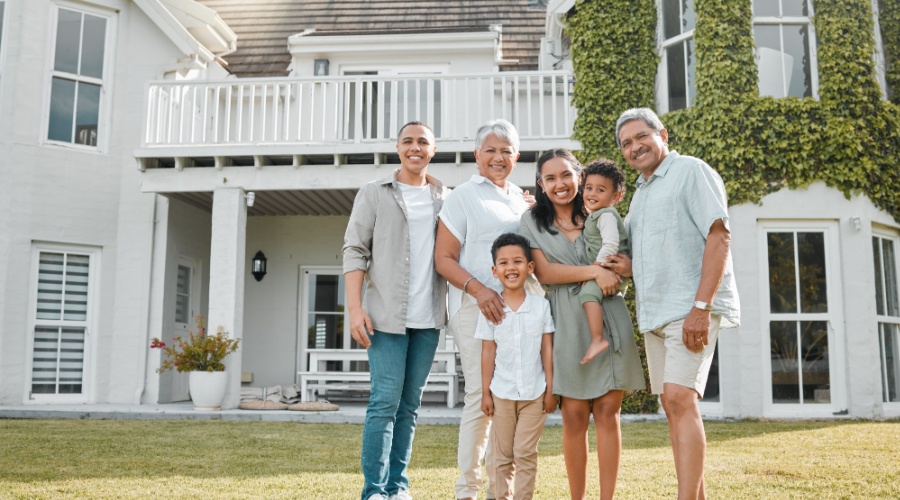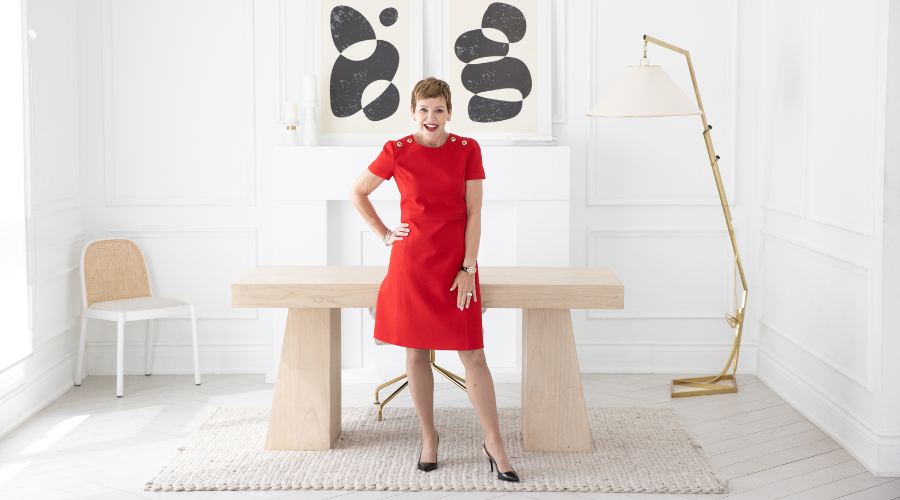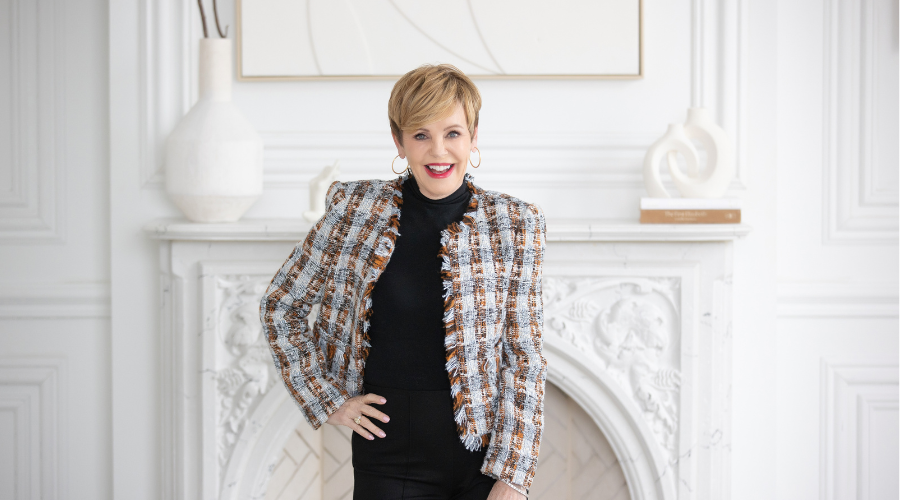When people think about investments, they often focus on returns just measured in dollars. But what about the value of peace of mind, financial independence, or unlocking an asset you hadn’t considered as part of your comprehensive retirement planning strategy? These benefits are harder to quantify, yet for many Canadians 55+, they’re top of mind when looking at solutions to help them meet their goals in retirement.
That is the essence of what a reverse mortgage offers: flexibility, tax efficiency, security and stability in a stage of life where both are more important than ever.
It’s true that reverse mortgages come with fees and interest, just like any financial product. But what’s often misunderstood is what those costs are really buying. In exchange, homeowners get access to their home equity without the burden of monthly mortgage payments or impact to government pensions like CPP or OAS. The funds are tax-free, so there is no impact to income tax, allowing Canadian homeowners to preserve their lifestyle, cover expenses or leverage a tax-efficient solution for estate planning. Overall homeowners still retain significant equity when the reverse mortgage comes due and can retain ownership and benefit from the appreciation of the home to offset costs.
I am sometimes asked about my support for reverse mortgages given the compounding interest applied. These questions echo some misconceptions about reverse mortgages. To be clear, with a reverse mortgage you maintain title and ownership of the home, there are no required principle of interest payments, and you can access the funds as a lump sum or regular installments like an income stream.
Let’s unpack what you’re really getting when you get a reverse mortgage, and why, for many, a reverse mortgage is not just a financial tool, but a sound retirement financial planning solution and a source of peace of mind every Canadian deserves.
A few basic parameters of getting a reverse mortgage include being 55+, and the maximum equity you can take from your home is 55% of its value. It must be your primary residence, owner-occupied, and in good condition. With a CHIP Reverse Mortgage, any existing mortgage or secured debt on the home must be paid off using the reverse mortgage funds, and in return, you do not need to make payments until you decide to sell, move out, or when the last surviving borrower passes away. HomeEquity Bank provides an extra benefit to borrowers, the “No Negative Equity Guarantee”, which ensures that the balance owed will not exceed the fair market value of the home.
A CHIP Reverse Mortgage may be the financial lifeline someone needs to age in place, reduce financial stress and fund a lifestyle of their choosing. It may also be a tool for investors who don’t want to draw down on their investments or have limited access to liquid cash.
Like with any financial product, there are costs and considerations associated with a reverse mortgage, key among them: the interest rate charged and the appreciation of your home over time.
Let’s address them, starting with the interest rate.
Rates are typically tied to Canadian bond yields. When rates increase or decrease, mortgage rates usually adjust accordingly. A reverse mortgage is like the mortgage you took out on your home. Your interest rate was based on the mortgage type and the term length selected. However, since reverse mortgages don’t require monthly mortgage principal and interest payments and aren’t repaid until the home is sold or the borrower passes away, lenders build in a risk premium. This makes reverse mortgage rates somewhat higher than traditional ones. The risk premium can be influenced by, among other things, how much you borrow, your age and the term selected.
Let’s take a moment to look at an example of two typical scenarios and analyze the numbers. Our example scenarios below show the home annual appreciation from 3% and 5% over a thirteen-year horizon.
| Client Information* | |
|---|---|
| Age: | 72 |
| Gender: | Male |
| Est. Home Value: | $900,000 |
| Home Type: | Single Family Dwelling |
| City: | Cambridge, ON |
| Product Type: | CHIP RM |
| Interest Rate | 6.69% (5-year term)** |
| Annual Percentage Rate (APR) | 6.91%*** |
| Est. Principal Mortgage Amount: | $270,000 |
| Approx. ‘Years Remaining in Home’: | 13 |
*Parameters based on recent historical averages from the HEB database
*Current ‘Special Rate’ of 6.69%for a 5-year term.
*** APR is the estimated cost of borrowing expressed as an annual percentage.
| Scenario 1: Annual Home Appreciation = 3% | ||
|---|---|---|
| Today | In 13 years | |
| Home Value: | $900,000 | $1,321,680 |
| Reverse Mortgage Principal Amount: | $270,000 | $270,000 |
| Interest Accumulation*: | $0 | $395,318 |
| Est. Remaining Home Equity: | $630,000 | $656,362 |
| Scenario 2: Annual Home Appreciation = 5% | ||
|---|---|---|
| Today | In 13 years | |
| Home Value: | $900,000 | $1,697,084 |
| Reverse Mortgage Principal Amount: | $270,000 | $270,000 |
| Interest Accumulation*: | $0 | $395,318 |
| Est. Remaining Home Equity: | $630,000 | $1,031,766 |
Looking at our example scenarios, the moral of the story is that most reverse mortgage holders are unlikely to run out of equity in their homes over the lifetime of their reverse mortgage.
I reversed my thinking on reverse mortgages when I understood the numbers, took both emotional and financial costs into consideration, reviewed real estate and home appreciation trends, and recognized the limited options to liquidate cash in retirement without major tax implications or disruption to investment strategies.
Only you can decide if now is the time to reverse your thoughts on reverse mortgage and if the return on investment is right for you.
-Pattie
*The “Special Rate” of 6.69% for a 5-year term was used to calculate the accumulation of interest for years 1–5. The APR for this term would be 6.91% The Posted Rate of 7.29% for a 5-year term was used to calculate the accumulation of interest for years 6–13. The APR for this term would be 6.91%. The interest rates used in the examples reflect rates in effect as of the date of this article.
– The APRs presented are based on interest compounding semi-annually, not in advance. They are illustrative only and do not represent the total Cost of Borrowing (COB); Administrative costs and other associated fees which can vary by product and client, have not been factored into the calculation.
-The calculated Interest Accumulation is not the total Cost of Borrowing for the full period; Each day, Interest accumulates and is added to the balance. Interest is compounded twice a year, not in advance.
– These assumptions are hypothetical and not necessarily indicative of future market performance or interest rates. External factors are not accounted for in the calculations and are based on certain assumptions, which may affect future projections
The information in this is article is general; it is not intended as specific investment, financial, accounting, legal or tax advice for any person or persons. Professional advisors should be consulted regarding your specific situation.
The information presented in this article herein is believed to be reliable, factual and up to date but no representation or warranty, express or implied, is made as to its accuracy or completeness, and it should not be regarded as a complete analysis of the subjects discussed. All expressions of opinion reflect the judgment of the authors as of the date of publication and are subject to change.

